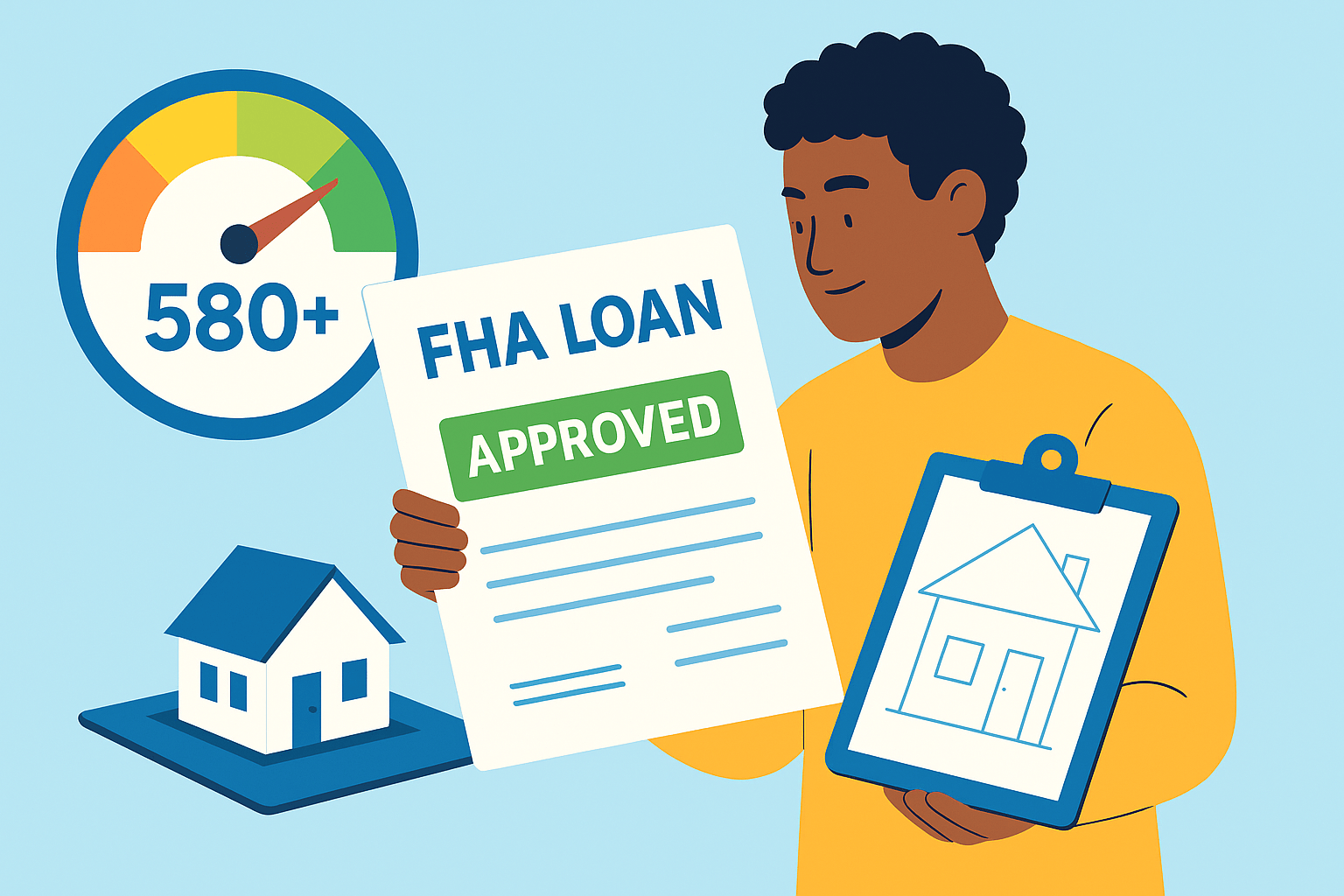Mortgage Credit Certificate First-Time Homebuyer Assistance Programs
Your Guide to Alabama’s Mortgage Credit Certificate: Turn Tax Bills into Homeownership Savings
Buying your first home in Alabama can feel like standing at the base of Cheaha Mountain—exciting, but also a little daunting. The good news? The Mortgage Credit Certificate program from the Alabama Housing Finance Authority (AHFA) gives first-time buyers a powerful boost by letting them claim a hefty federal tax credit on mortgage interest. Used wisely, that credit can trim hundreds from a yearly IRS bill and translate to lower effective monthly housing costs.
What Is a Mortgage Credit Certificate?
The term might sound complex, yet the concept is wonderfully simple. An MCC is a certificate issued by an approved state or local agency—here, the AHFA—that allows qualified buyers to convert a portion of their annual mortgage interest into a dollar-for-dollar federal tax credit. Think of it as a lever: the interest you already pay on the loan becomes the fulcrum, and the MCC tilts the balance back in your favor.
- Alabama’s MCC covers up to 50% of annual mortgage interest, capped at $2,000 per year.
- The credit applies for the life of the loan, so long as the home remains your primary residence.
- Unused credit can often be carried forward for up to three years, softening future tax seasons.
Mortgage credit certificates differ from standard deductions because a credit directly reduces the tax you owe, not merely your taxable income. For a first-time buyer, that distinction can feel like trading a drizzle for a downpour—in a good way.
How the Alabama MCC Lowers Your Costs
Mortgage payments have four parts: principal, interest, taxes, and insurance (the classic “PITI”). The MCC can’t touch principal, property taxes, or insurance. But interest, which generally makes up the largest slice during the first decade of amortization, becomes fair game. By offsetting federal income tax, the certificate frees up monthly cash flow that you can reroute toward principal reduction, emergency savings, or that screened-in porch you’ve always wanted.
A Dollars-and-Cents Example
Suppose you borrow $250,000 at 6.25% for 30 years. First-year interest is roughly $15,400. A 50% MCC lets you claim a credit for half of that amount, subject to the $2,000 limit—meaning the full $2,000 goes directly against your IRS bill. Divide by 12, and you’ve effectively carved out $166 from each month’s housing cost without arm-wrestling your loan officer for a lower rate.
How Does a Mortgage Credit Certificate Work in Alabama?
This question tops “People Also Ask” lists for good reason. The AHFA partners with participating lenders who apply for the certificate on your behalf at closing. Once issued, you receive IRS Form 8329 annually from the lender, which you attach to your federal return. The certificate can coexist with AHFA’s Step Up down-payment assistance or be paired with FHA, VA, USDA, and conventional loans. Because the MCC is federally authorized, you benefit even if state income taxes fluctuate.
However, there is a catch worth noting: sell or refinance within nine years and you may face a federal recapture tax, though many homeowners find the upfront savings outweigh the remote possibility of recapture. AHFA even offers a reimbursement option if recapture is triggered under certain circumstances.
Who Is Eligible for an Alabama MCC?
The program is intentionally inclusive, yet it maintains guardrails to ensure resources reach genuine first-time buyers—defined by the Internal Revenue Service as anyone who hasn’t owned a principal residence in the past three years. Two categories of exceptions apply:
- Veterans purchasing a home anywhere in Alabama.
- Buyers eyeing properties in HUD-designated target areas such as parts of Jefferson or Mobile counties.
Beyond the first-time buyer rule, eligibility hinges on three pillars:
- Income limits (2024): $98,220 for 1–2-person households and up to $114,654 for 3+ in non-target counties; slightly higher in target areas.
- Purchase-price caps: Generally $481,176 in non-target counties; $588,999 in target areas.
- Credit qualifications: Minimum 640 FICO for conventional; 620 for FHA/VA/USDA, though lenders may overlay stricter policies.
A pre-purchase homeowner education course, available online for under $100, wraps up the checklist. Completion certificates remain valid for 12 months—best to schedule it once you’re serious but before you’re frantic.
How to Apply for the Alabama MCC Program
Because Alabama homebuying often moves faster than a Tailgating Saturday, start the MCC process early. Steps include:
- Select a participating lender. A curated list appears on AHFA’s website. Not all mortgage brokers can issue an MCC.
- Get pre-qualified. Provide pay stubs, W-2s, and bank statements. Lenders screen you for both loan and MCC guidelines in one swoop.
- Complete homeowner education. AHFA accepts HUD-approved courses or Freddie Mac’s CreditSmart.
- Sign the MCC commitment at loan closing. The lender submits Form 8328 and pays a one-time fee—often rolled into closing costs.
- Claim the credit. When tax season arrives, file IRS Form 8396 along with your return and enjoy that sweet refund bump.
Documentation You’ll Need
- Most recent two years of federal tax returns.
- 60 days of asset statements—checking, savings, 401(k) if applicable.
- Proof of Alabama residency (utility bill, lease).
- Signed purchase contract—not just a pre-approval letter.
Pro tip: Label files clearly—e.g., “2023_W2_Jordan.pdf”—so underwriters can zip through your folder like it’s Black Friday at the Galleria.
Pros and Cons at a Glance
| Advantage | Why It Matters |
|---|---|
| Dollar-for-dollar tax reduction | Unlike deductions, credits offset liability directly. |
| Lifetime benefit | As long as you live in the home and pay interest. |
| Pairable with other aid | Works alongside FHA, VA, USDA, and down-payment assistance. |
| Portable within Alabama | No penalty for moving counties, only for selling early. |
| Drawback | Mitigating Tip |
| Recapture tax potential | Estimate your timeframe; AHFA offers reimbursement under some conditions. |
| Upfront paperwork | Use a seasoned MCC lender to streamline. |
| $2,000 annual cap | High-balance borrowers may still benefit—but check the math. |
A Quick Micro-Story: Chelsea & Marcus Beat Rising Rates
In spring 2023, Chelsea, a nurse at Huntsville Hospital, and her fiancé Marcus, an aerospace tech, watched interest rates climb like rockets he tests for a living. Their $285,000 FHA loan generated roughly $17,000 in first-year interest. With an Alabama Mortgage Credit Certificate, they snagged the $2,000 maximum credit, which boosted their IRS refund to $3,600. They funneled that windfall into a principal reduction, shaving three months off their amortization schedule. Chelsea jokes the MCC is “the one government form that actually felt like a gift receipt.”
FAQ
- Can I combine an Alabama MCC with a refinance later?
- If you refinance, the original certificate terminates, but you may reapply for a new MCC—subject to program funding and eligibility at that time.
- Is there a minimum loan amount for the program?
- No. You can finance a manufactured home for $80,000 or a craftsman cottage for $300,000; purchase-price caps are the only ceiling.
- How long does it take to get the certificate?
- Your lender submits the application at closing, and AHFA typically issues the MCC within two weeks—well before your first mortgage payment.
- What if my tax liability is less than the credit?
- You can carry forward unused portions for up to three years, maximizing benefit as your income grows.
Ready to Let Your Taxes Pay Part of Your Mortgage?
Homeownership in the Heart of Dixie shouldn’t demand heartburn. The Alabama Mortgage Credit Certificate program turns a line on your tax return into a savings engine that works 12 months a year. If you’re shopping for your first house—or your first in three years—connect with an AHFA-approved lender today. Your future self (and your future refund) will thank you.
Explore More Blog Posts
Checkout more similar posts those will help you to choose better property.












 Profile
Profile Password
Password Saved Properties
Saved Properties Sign Out
Sign Out
 +0.01
+0.01
 -0.15
-0.15

